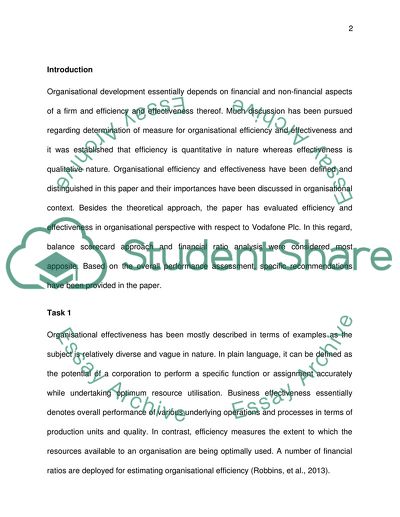Cite this document
(Measuring Business Performance Coursework Example | Topics and Well Written Essays - 1500 words, n.d.)
Measuring Business Performance Coursework Example | Topics and Well Written Essays - 1500 words. Retrieved from https://studentshare.org/finance-accounting/1862088-foundation-accounting-assignment-measuring-business-performance
Measuring Business Performance Coursework Example | Topics and Well Written Essays - 1500 words. Retrieved from https://studentshare.org/finance-accounting/1862088-foundation-accounting-assignment-measuring-business-performance
(Measuring Business Performance Coursework Example | Topics and Well Written Essays - 1500 Words)
Measuring Business Performance Coursework Example | Topics and Well Written Essays - 1500 Words. https://studentshare.org/finance-accounting/1862088-foundation-accounting-assignment-measuring-business-performance.
Measuring Business Performance Coursework Example | Topics and Well Written Essays - 1500 Words. https://studentshare.org/finance-accounting/1862088-foundation-accounting-assignment-measuring-business-performance.
“Measuring Business Performance Coursework Example | Topics and Well Written Essays - 1500 Words”, n.d. https://studentshare.org/finance-accounting/1862088-foundation-accounting-assignment-measuring-business-performance.


